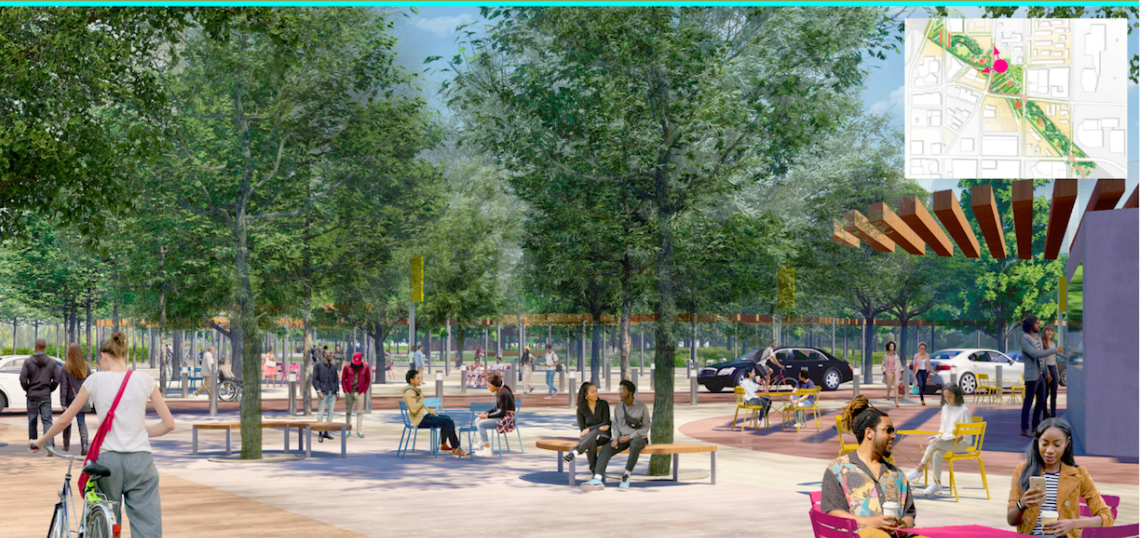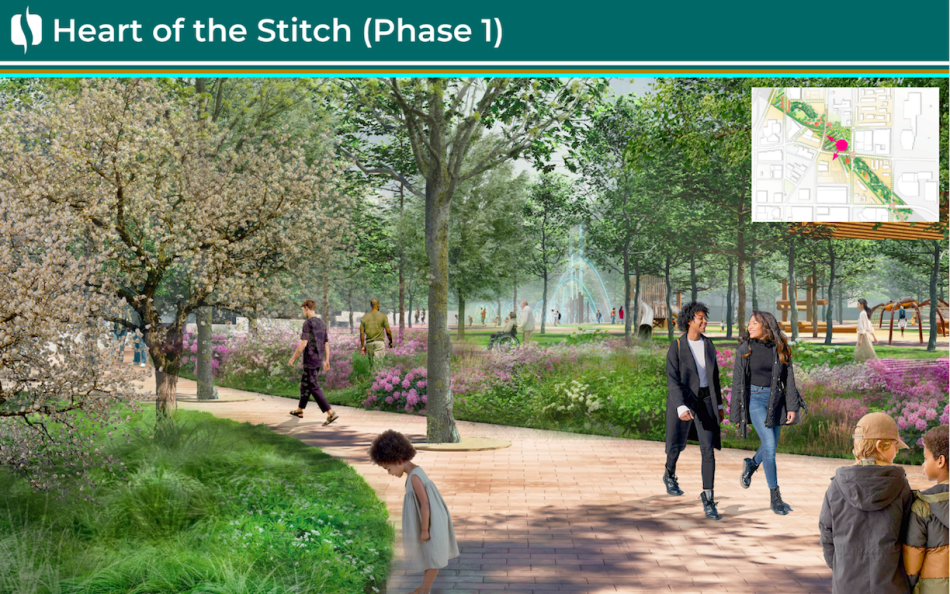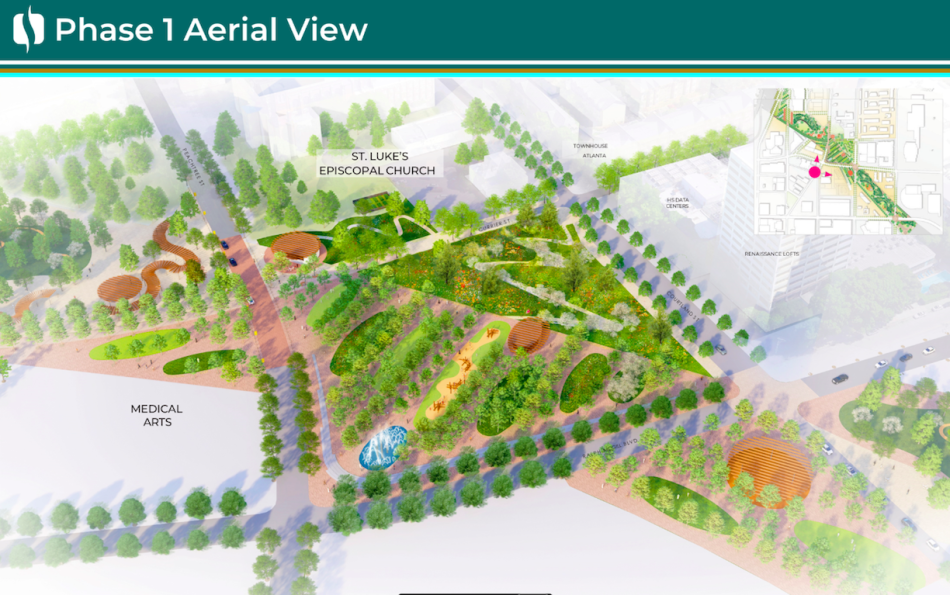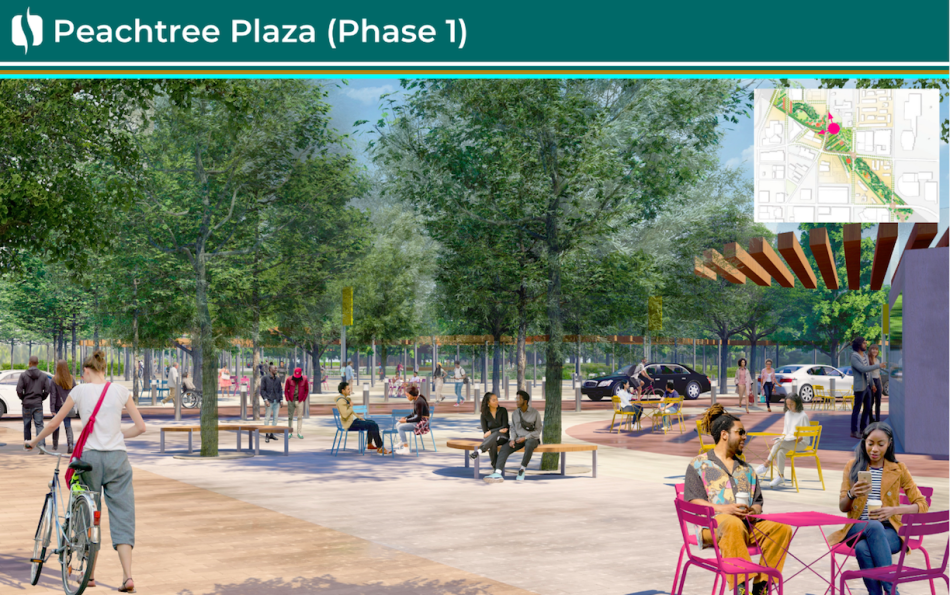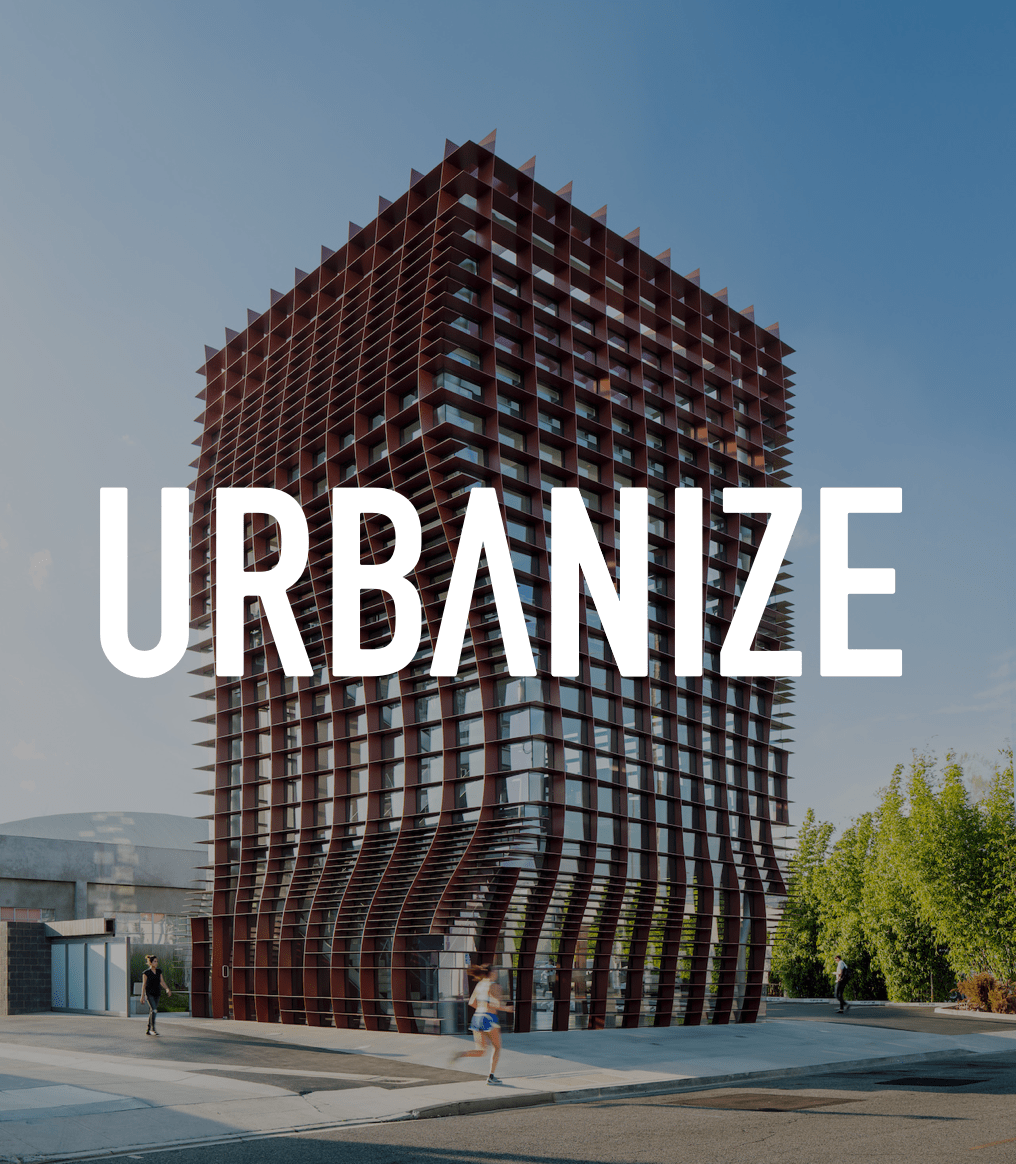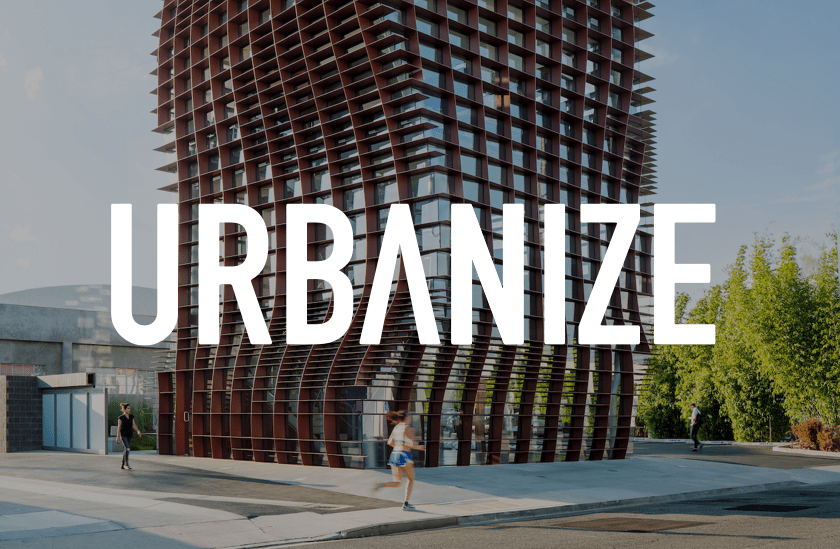Nearly a decade after it was first proposed, a transformative greenspace and infrastructure project in downtown Atlanta had finally reached the doorstep of construction phases this year. But now, the bulk of its funding is officially gone.
The One Big Beautiful Bill Act, signed into law by President Donald Trump last month, rescinded $151.4 million in federal grant funds that had been awarded to the highway-capping Stitch project in early 2024.
That funding constituted roughly 3/4th of the estimated cost to design and build the Stitch’s multi-acre first phase. Ouch.
So is the bill a crushing, final blow for an ambitious project that aims to stitch intown neighborhoods back together, decades after being cleaved apart by a freeway? Not even close, says Stitch leadership.
Jack Cebe, director of the Stitch and an engineer and landscape architect by trade, acknowledged the loss of federal funds is “disappointing” but relayed that “the Stitch is happening” nonetheless in a newsletter today.
The Stitch’s 5.7-acre phase one—envisioned as the green heart of the project, with pathways, native gardens, a plaza, shade structures, pavilions, a playground, restrooms, and multiple connections to nearby streets—was on track to launch construction in 2026. Until last month, that is.
More than $40 million in local funding for phase one had also been secured. Cebe says that aspect of the Stitch will complete permitting, approvals, and shovel-ready engineering by mid-2026. Also working in the Stitch’s favor, according to Cebe, is a reaffirmed commitment to see it through from the Georgia Department of Transportation and Atlanta Mayor Andre Dickens’ office.
In April, the Atlanta City Council approved a new downtown special services district to primarily help cover the Stitch’s operations, administration, maintenance, and programs costs, as funded by property-owning taxpayers within the district.
That new tax district is, of course, separate from federal grant money. Representatives from U.S. Sen. Raphael Warnock’s office told Urbanize Atlanta in June that losing the federal cash “would necessitate a conversation with the City of Atlanta about how to proceed with the use of the [special services district] proceeds,” hinting that those funds could be channeled toward helping build out Stitch phase one.
Similar tax districts have helped fund construction of the Atlanta Beltline and Truist Park/The Battery Atlanta, as Stitch leadership has noted. Property owners near the Stitch are expected to shoulder an annual increase of about $200 in additional property taxes for every $100,000 of a property’s assessed value. The tradeoff would be that the Stitch, in theory, will eventually boost property values and make the area more desirable.
Cebe, in his upbeat missive, said the Stitch has made “significant strides” over the past two years beyond securing (if temporarily) more than $200 million in local and federal funding. Thousands of Atlanta residents also contributed input for a master plan that Dickens and the city council formally adopted in June.
Benefit events are in the works for the Stitch, which is projected to create 4,500 jobs and $9 billion in economic investment for downtown, per Cebe.
The three-phase Stitch was initially proposed back in 2016 but had been gathering momentum over the past year like never before. Phase one is planned for a middle section between Peachtree and Courtland streets, above the downtown Connector.
Phases two and three were tentatively scheduled to begin construction in 2029 and 2033, respectively, but would require a variety of additional funding sources. Those could include state and federal grants, commitments from the City of Atlanta, philanthropy, and “real estate value capture,” project leaders have said.
All told, the most recent Stitch projections called for 14 acres of new public space eventually being created over the Connector, with a price tag north of $700 million. The goal was to finish it in roughly 11 years, or sometime in 2036, pending funding.
Find more context and details for what the Stitch’s initial phase could be in the gallery above.
...
Follow us on social media:
Twitter / Facebook/and now: Instagram
• Downtown news, discussion (Urbanize Atlanta)




